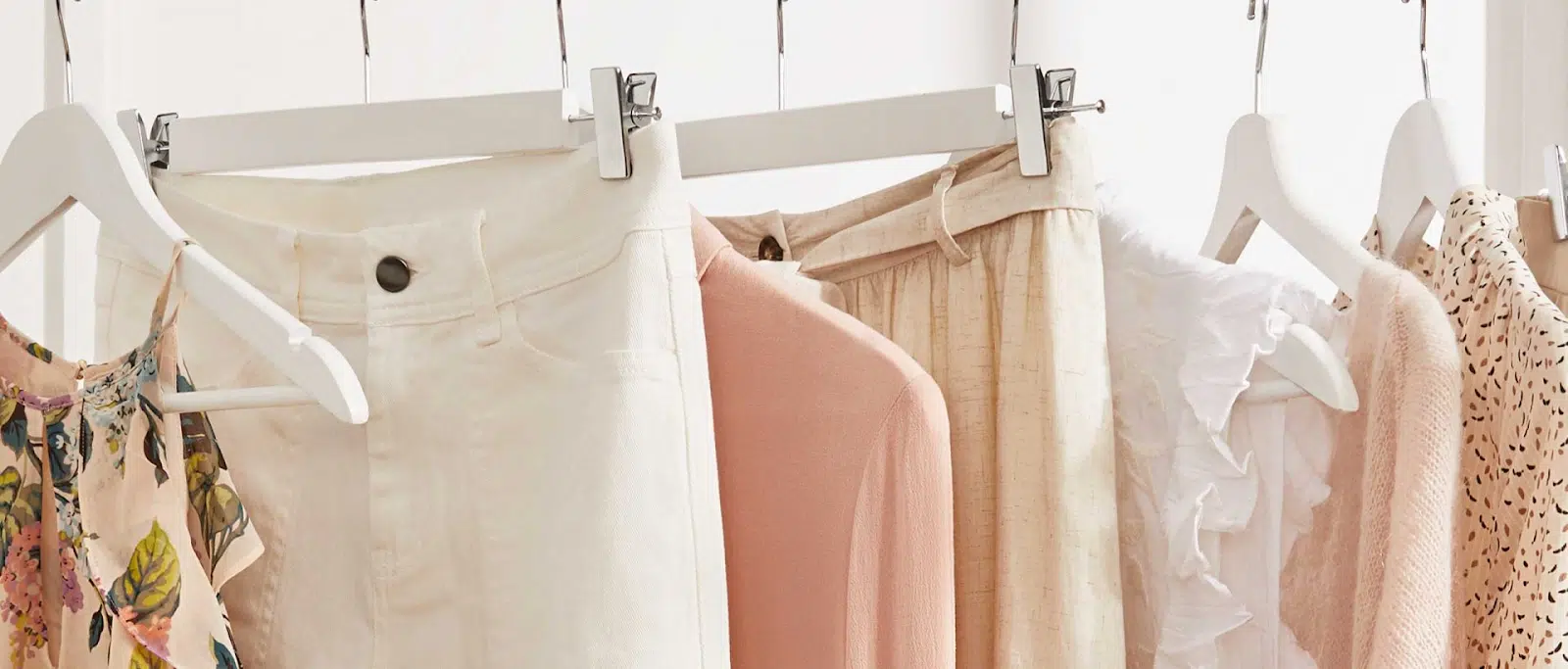Thrift stores offer a treasure trove of unique finds and affordable fashion choices, and they are gaining popularity as sustainable options. These stores not only cater to individuals looking for affordable clothing but also serve as a hub for used clothes exporters. In this article, we will explore the world of secondhand shopping and the role of thrift stores in promoting sustainability.
The Rise of Thrift Stores in the Fashion Industry
Thrift stores have seen a surge in popularity in recent years, thanks to the growing interest in sustainable fashion. These stores offer a diverse selection of secondhand clothing, accessories, and even home goods. By purchasing from thrift stores, consumers can enjoy the thrill of finding unique and vintage pieces while reducing their environmental impact.
Used Clothing Wholesalers: Access to Bulk Inventory
- Partnering with Thrift Stores: Used clothing wholesalers often forge partnerships with thrift stores to access their inventory of secondhand clothing. By establishing a collaboration, wholesalers can acquire a bulk supply of unique items, including vintage and designer pieces, which they can then distribute to retailers.
- Meeting the Demand for Sustainable Fashion: As consumers become more conscious about their fashion choices, the demand for sustainable fashion is on the rise. Used clothing wholesalers play a crucial role in meeting this demand by providing retailers with a steady supply of pre-loved garments. Thrift stores act as intermediaries, feeding the inventory of wholesalers who then distribute the items to retailers eager to offer sustainable fashion choices to their customers.
The Benefits of Secondhand Shopping
- Affordable Fashion Options: Thrift stores provide affordable fashion options for individuals looking to update their wardrobes without breaking the bank. Secondhand clothing is often priced at a fraction of its original cost, allowing shoppers to discover unique pieces at budget-friendly prices.
- Quality and Durability: Pre-owned clothing, especially vintage items, often boasts a level of quality and durability that surpasses fast fashion counterparts. Thrift stores meticulously curate their inventory, ensuring that only the best items in good condition are available for purchase.
- Expressing Individual Style: Secondhand shopping allows individuals to express their unique style and creativity. Thrift stores offer a wide range of clothing options spanning different eras, styles, and trends, enabling shoppers to curate their own fashion identity without being restricted by mainstream choices.
- Positive Environmental Impact: By shopping at thrift stores and buying secondhand items, consumers contribute to a significant reduction in textile waste. Choosing pre-loved clothing reduces the demand for new garments, minimizing the exploitation of natural resources and reducing the environmental impact of the fashion industry.
- Supporting Local Communities and Charitable Causes: Many thrift stores are operated by local communities or non-profit organizations, and the revenue generated from sales often goes toward supporting charitable causes or funding community programs. By shopping at these stores, individuals can directly contribute to the betterment of their community and support important social initiatives.
In conclusion, thrift stores play a crucial role in the world of secondhand shopping and sustainable fashion. They provide an avenue for used clothing wholesalers to access bulk inventory, meet the growing demand for sustainable fashion, and support local communities. By embracing secondhand shopping, individuals not only enjoy affordable and unique fashion choices but also contribute to the reduction of textile waste and the promotion of a more sustainable fashion industry.
Lucas Noah, armed with a Bachelor’s degree in Information & Technology, stands as a prominent figure in the realm of tech journalism. Currently holding the position of Senior Admin, Lucas contributes his expertise to two esteemed companies: OceanaExpress LLC and CreativeOutrank LLC. His... Read more
